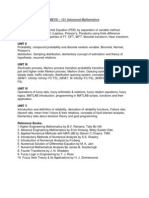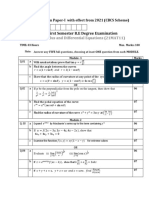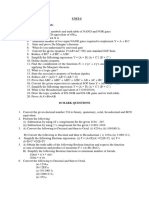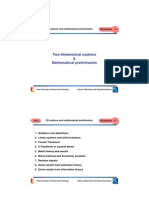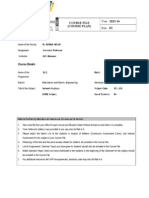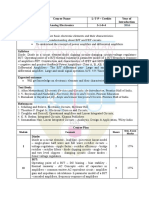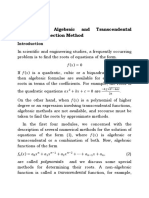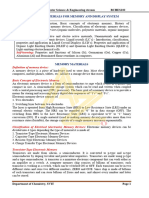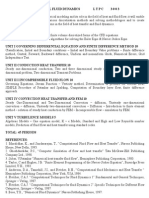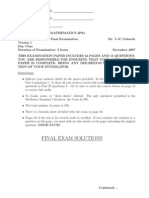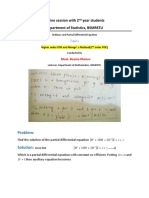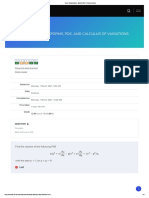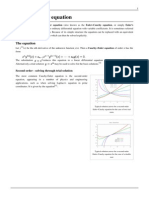0% found this document useful (0 votes)
938 views5 pagesODE&VC Question Bank
The document contains a comprehensive set of questions and problems related to Ordinary Differential Equations and Vector Calculus, divided into five units. Each unit includes both short and long answer questions covering various topics such as differential equations, Laplace transforms, vector calculus, and theorems like Green's and Stokes'. The document serves as a study guide for students to practice and understand key concepts in these mathematical areas.
Uploaded by
sravanipakala205Copyright
© © All Rights Reserved
We take content rights seriously. If you suspect this is your content, claim it here.
Available Formats
Download as PDF, TXT or read online on Scribd
0% found this document useful (0 votes)
938 views5 pagesODE&VC Question Bank
The document contains a comprehensive set of questions and problems related to Ordinary Differential Equations and Vector Calculus, divided into five units. Each unit includes both short and long answer questions covering various topics such as differential equations, Laplace transforms, vector calculus, and theorems like Green's and Stokes'. The document serves as a study guide for students to practice and understand key concepts in these mathematical areas.
Uploaded by
sravanipakala205Copyright
© © All Rights Reserved
We take content rights seriously. If you suspect this is your content, claim it here.
Available Formats
Download as PDF, TXT or read online on Scribd
/ 5










